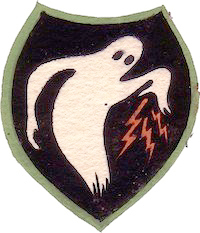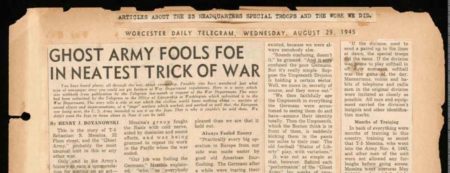African American men and women who served in the American armed forces during World War II fought on two war fronts. The war against the Axis powers is obvious. However, their second war was fought on the home front against Jim Crow.
Our blog today highlights the extraordinary efforts of the Tuskegee Airmen, the first African American military aviators in the history of the United States Army Air Force (USAAF). We’ll also introduce you to two all-Black military divisions that fought during the first and second world wars.
MEDIEVAL PARIS – Volume One & Volume Two
Let us take you on a visit to the Paris of the Middle Ages. Come walk in the footsteps of the men, women, and children who lived, worked, and played in medieval Paris. Stop and see the only three residences still existing from medieval Paris. Learn about the scandalous Nesle Affair. Many of the stops are sites that most tourists don’t know even exist.
Did You Know?
Did you know that archeologists in England have excavated an experimental catapult system designed to launch British bomber planes? The catapult, located in Oxfordshire, England was called the Royal Aircraft Establishment (RAE) Mark III Catapult, or Harwell RAE Mark III Catapult (the site was the former RAF Harwell base and is now the site of the Harwell Science and Innovation Campus). A prototype was built between 1938 and 1940 but never was used due to design issues. It was buried and a conventional runway was built over it.






